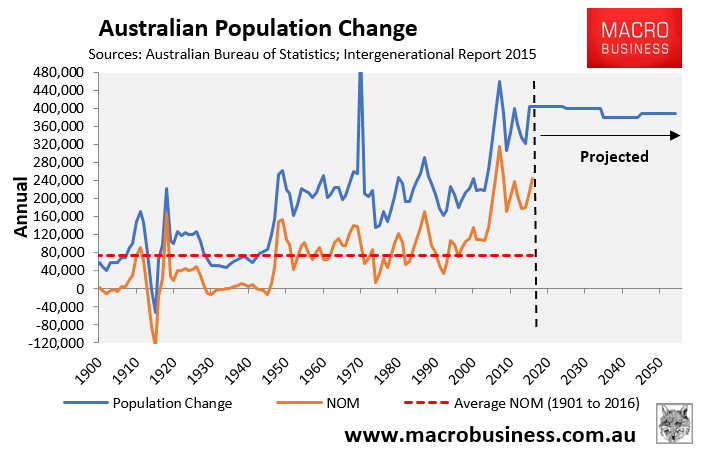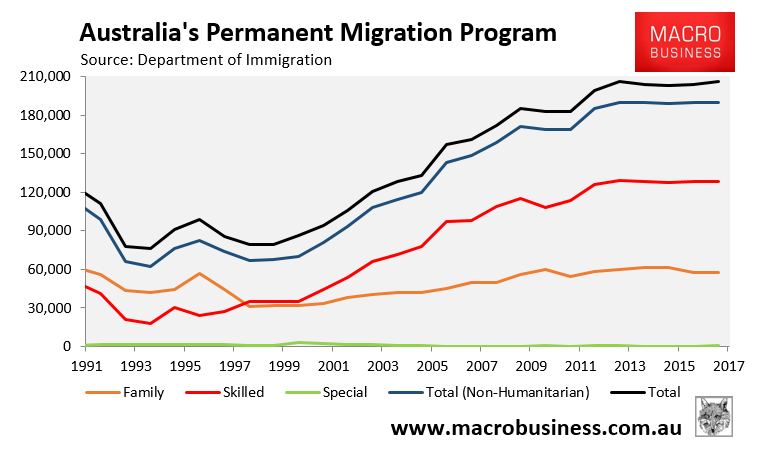Over the past month, the world’s media has reported that Cape Town in South Africa is about to become the first major city to run out of water. The Conversation summarises the situation unfolding:
The world is watching the unfolding Cape Town water crisis with horror. On “Day Zero”, now predicted to be just ten weeks away, engineers will turn off the water supply. The South African city’s four million residents will have to queue at one of 200 water collection points.
Cape Town is the first major city to face such an extreme water crisis. There are so many unanswered questions. How will the sick or elderly people cope? How will people without a car collect their 25-litre daily ration? Pity those collecting water for a big family.
The crisis is caused by a combination of factors. First of all, Cape Town has a very dry climate with annual rainfall of 515mm. Since 2015, it has been in a drought estimated to be a one-in-300-year event.
In recent years, the city’s population has grown rapidly – by 79% since 1995. Many have questioned what Cape Town has done to expand the city’s water supply to cater for the population growth and the lower rainfall…
Dry climate. Rampant population growth. Where else has those ingredients? A-U-S-T-R-A-L-I-A.
The dilemma unfolding has led to some commentators questioning whether Australian cities could suffer the same fate. For example, here’s the same Conversation article:
Australia’s largest cities have often struggled with drought. Water supplies may decline further due to climate change and uncertain future rainfall. With all capital cities expecting further population growth, this could cause water supply crises…
And here’s Domain:
A report released last year stated that Melbourne faces similar population growth and climate change challenges. The demand for water in Melbourne could exceed available resources by 2028.
… in Cape Town, as in Melbourne, the majority of water users are residential.
Neither article, however, even bothered to question the primary driver of the pending water shortages: Australia’s mass immigration ‘Big Australia’ policy.
The warnings about Australia’s water supplies have been apparent for decades but have been completely ignored by Australian policy makers.
In 1994, when Australia’s population was just under 18 million, the Australian Academy of Science (AAS) convened a symposium on the future population of Australia. Its analysis was extended to Australia’s resources of water, minerals and arable land, and the interactions between present lifestyle and present environmental damage, and between future expectations and the costs of increasing population.
The AAS cautioned that “if our population reaches the high end of the feasible range (37 million), the quality of life of all Australians will be lowered by the degradation of water, soil, energy and biological resources” and concluded that “the quality of all aspects of our children’s lives will be maximised if the population of Australia by the mid-21st Century is kept to the low, stable end of the achievable range, i.e. to approximately 23 million”.
Just 24 years later, Australia’s population is approaching 25 million, thus already exceeding the AAS’ recommended maximum population mid-century. And official government forecasts have Australia’s population hitting 40 million mid-century, with Sydney and Melbourne reaching 8 million people each.

To add insult to injury, Flinders University in 2010 released a report to the Department of Immigration and Citizenship (DIAC) examining the “Long-Term Physical Implications of Net Overseas Migration” (NOM). This report concluded that “higher levels of NOM impose greater adverse impacts on the quality of our natural and built environments” and that the “geographical concentration… within Sydney, Melbourne and Perth… substantially increases their environmental impact”. The report found that “decreased urban water supply is a significant environmental constraint exacerbated by higher levels of NOM”. In particular, “modelling shows the vulnerability of Sydney, Melbourne, Brisbane and Perth to deficits in water supply“.
The Flinders University report also noted that Australia’s water resources could only cope with NOM of up to 50,000 people a year (versus more than 200,000 currently):
Only NOM levels of 50,000 pa or less result in Melbourne and Sydney maintaining a small surplus of net surface supply over demand on average out to 2050, assuming current climate conditions persist. Potential options to alleviate water stress at high NOM levels over the longer term may be hard to find.
Of course, Australia can resort to technical solutions to augment its water supplies, such as building more desalination plants. However, these ‘solutions’ are necessarily expensive and environmentally destructive, with costs borne by the incumbent population, as noted by The Conversation:
The desalination plants were expensive to build, consume vast quantities of electricity and are very expensive to run. They remain costly to maintain, even if they do not supply desalinated water. All residents pay higher water rates as a result of their existence.
Indeed, in December, Infrastructure Australia reported that household water bills will double in line with energy bills because of population growth and climate change – hitting more than $2500 a year by 2040:
Modelling in the report forecasts that a typical residential water and sewerage bill “could rise by around $600 in today’s money over the next 10 years”. This would result in average bills increasing from $1226 to $1827 in 2027. By 2040, the modelling shows the average would reach as high as $2553. This would represent more than a doubling in real terms.
“For many families, growth in bills of this scale could cause significant hardship”…
The report says that a failure to factor in urban population growth, ageing infrastructure and climate change impacts on supply would expose consumers to price shock risks. It says the millennium drought “exposed a number of vulnerabilities of the sector, and led to over $11 billion of investment (in today’s dollars) to augment supply through desalination plants”.
Blind Freddy (but not our politicians or mainstream media) can see that the best and most cost effective way to relieve pressure on our cities’ water supplies and urban infrastructure is for the various state governments to lobby the federal government to slash Australia’s immigration program back to historical levels:

Because under the current mass immigration settings, expensive and environmentally destructive solutions like building more desalination plants will be required over and over again as rapid population growth continually outstrips supply.

